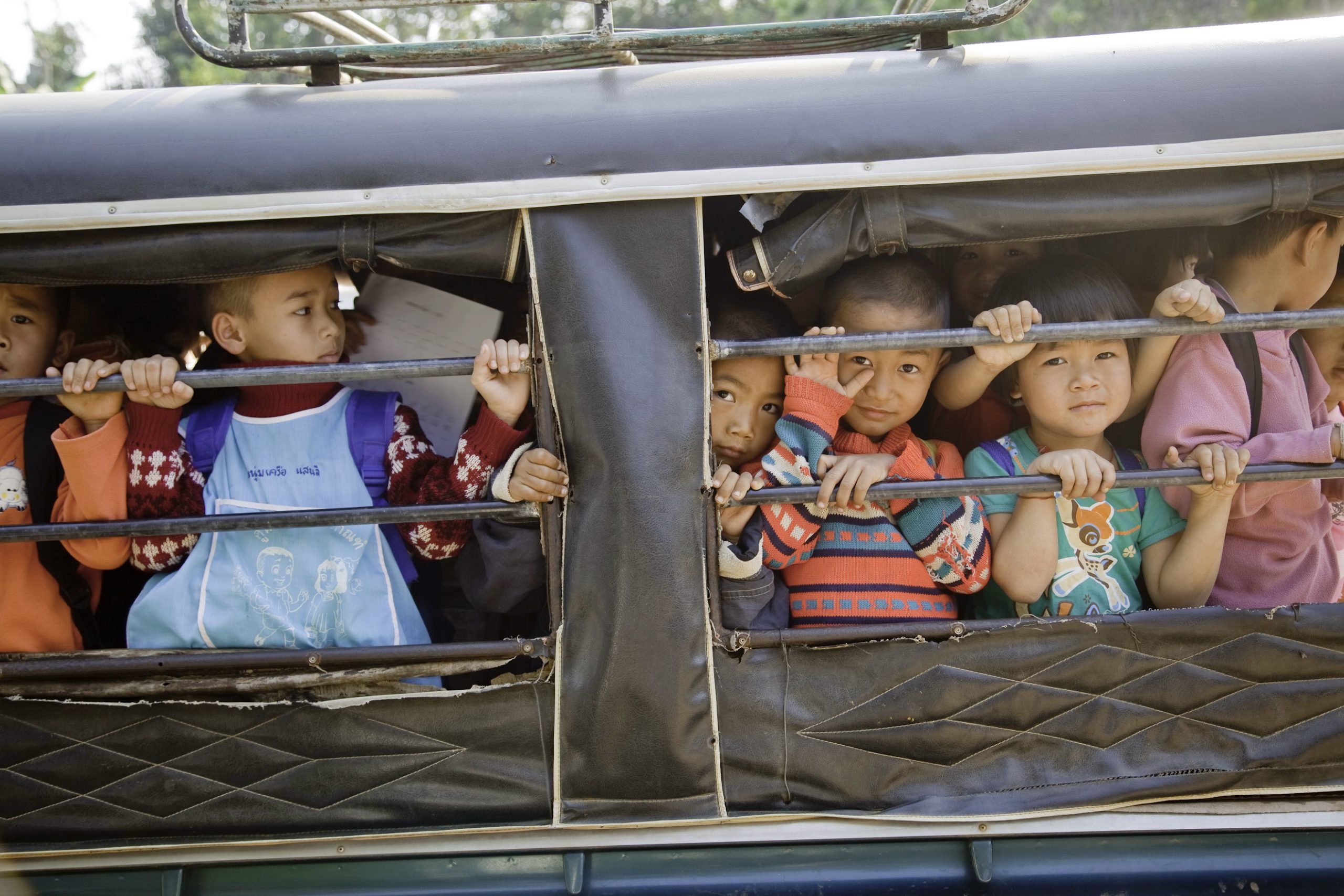Timor Leste: Goodbye conflict, Welcome development
09 August 2010|Louie Bacomo
Timor-Leste, August 2010 – Just four years after the 2006 collapse of civic order and two years after simultaneous attacks on the top two national leaders, the government of Timor-Leste is saying goodbye to conflict. Indeed, while some “remarkable progress” has been achieved (UN Special Representative’s Report, February 2010), the bold proclamation invites all to ask whether conflict and other essential issues have been adequately addressed or are simply swept under the rug.
JRS in Timor-Leste is a witness to the herculean tasks facing the country in the areas of providing basic social services, strengthening local governance, implementing the rule of law, and resolving conflicts and unemployment. About half of the country still lives in poverty. The Timorese youth (under 25) make up 60 percent of the total population, with 20 percent of young people unemployed they deserve special attention; this figure rises to 40 percent in urban centres including Dili (CIA Factbook, 2010). Many of the young people have joined martial arts groups (MAGs) and many of them were involved in the 2006 violence and even until now with little signs of police control.
JRS works with about 35,000 returned IDPs in four villages in Dili district. Together with the Ministry of Social Solidarity (MSS) and other NGOs, JRS focuses on assisting the 40 sub-villages in this district to manage the reintegration process through conflict mediation, peace building and reconciliation. The situation is delicate as institutional mechanisms are weak. Land and property laws in the country are complex due to the historical context and finalizing legislation is still elusive. This has been a major source of conflict in the reintegration process.
The JRS team enhances relationships and builds confidence in the community through accompaniment, dialogue, use of traditional conflict resolution practices such as “Nahe Biite Boot” (a traditional dialogue process) and “Juramentu” (a blood oath to seal a settlement or agreement), and training and inter-community activities. This year, JRS assisted in a “Juramento” settlement between two warring youth groups. In another sub-village, JRS and partners mediated a long process where finally, on April, a community resident has reconciled with a returnee. In February, 10 youth groups from 22 sub-villages organized four music concerts with the assistance of JRS and partners; more than 2,000 people attended the events.
The team also facilitates access to social welfare services in education, health, and other material assistance for vulnerable and marginalized people who otherwise will be disenfranchised. It is worth noting that the Government had spent $38 million on pensions in 2009 and has allocated $52 million for 2010 (Speech of PM Gusmao to National Parliament, November 2009).
Many believe that the country has adequate resources to address these concerns. According to the Deputy PM, Timor-Leste’s non-oil GDP growth rate is estimated at 12% in 2009 (UN Security Council Meeting, February 2010). According to the PM Gusmao, the Petroleum Fund by the end of 2009 was expected to be $5.27 billion and by 2010 is valued at $6.16 billion. How are these resources going to be used and will the benefits trickle down to the communities?
It is only two years before the Presidential election and the end of the UN Integrated Mission in Timor Leste (UNMIT). The population feels the tension mounting and there is no assurance that violence similar to 2006 and 2008 will not happen again. Last month, the President has pardoned his attackers and the ex-military commander will be released awaiting a court order. A year ago, a similar pardon, which was widely criticized, was granted to the former leader of 1999 Laksaur militia. Perhaps these pardons are a way of saying goodbye to conflict and moving towards reconciliation. But many feel that there are pending justice issues in the process that need to be examined as they breed more conflicts. Conflict and development are not always at odds with each other and that they need to be parted. Conflict issues can be symptoms that expose reconciliation and development issues that are often hidden under the rug.


